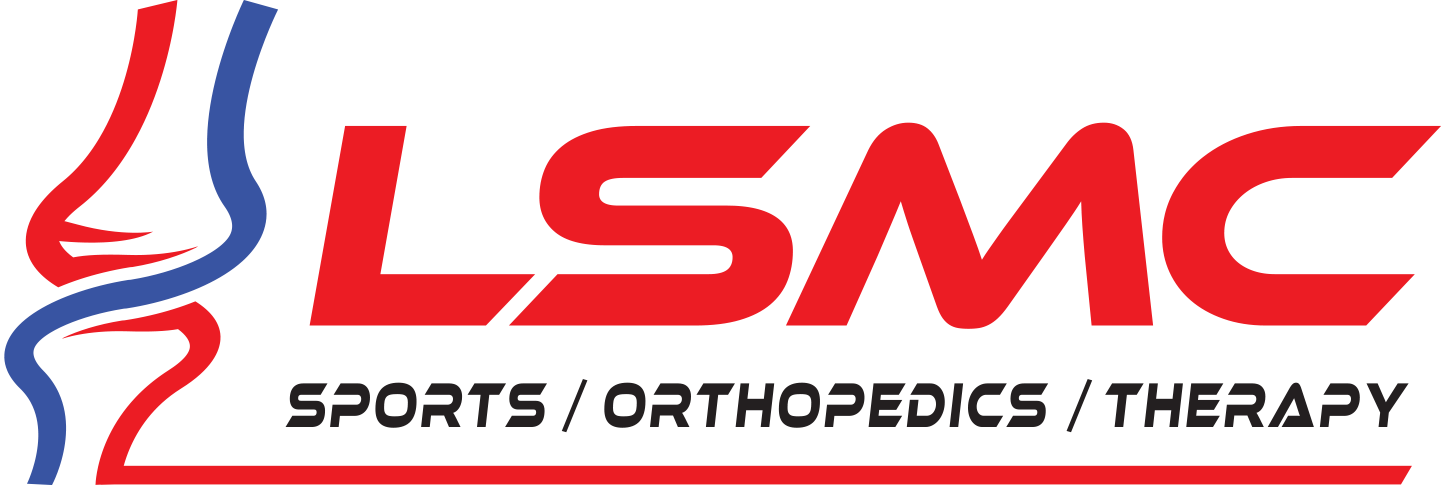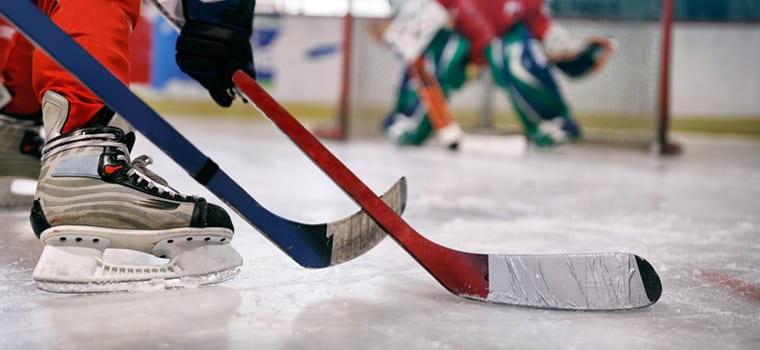Ice hockey injuries are common and range from minor annoying aches and pains to serious traumas. For both recreational and professional ice hockey players, it’s essential to wear appropriate ice hockey safety equipment including helmets, pads and protective gear, to reduce both the risk and severity of injury. Even so, a hockey player may still sustain an injury on the ice.
Overuse injuries are cumulative aches and pains that occur over time and can often be prevented with appropriate training and rest. Traumatic injuries are often accidents that occur suddenly and can’t be avoided, but require immediate first aid.
Common Ice Hockey Injuries
Statistics indicate that the large majority of ice hockey injuries are caused by direct trauma during games. Hard body checks, player collisions, forced collisions with the walls and ice, and direct blows from the puck, flying sticks and skates all add up to injuries and underscore the inherent danger of ice hockey.
Sprains and Strains
Sprains and strains are the most common type of hockey injury. The best immediate treatment for sprains and strains is the R.I.C.E. method (Rest, Ice, Compression, Elevation).
Cuts and Lacerations
Cuts and scrapes to the head and face also top the list of hockey injuries, but using helmets with a full face shield has reduced the severity and frequency of these injuries.
Bruises and Contusions
Flying skaters, sticks and pucks, along with the many collisions on the ice frequently leave hockey players tending a variety of bruises and contusions.
Muscle Cramps
A cramp is a sudden, intense pain caused by a muscle involuntary and forcibly contracting muscle that does not relax.
Delayed-Onset Muscle Soreness
This is the sort of muscle soreness experienced from 12 to 48 hours following a tough workout or game. Getting enough rest often is all you need to recover.
Overtraining Syndrome
Overtraining syndrome frequently occurs in athletes who train beyond the body’s ability to recover.
Head, Neck, and Shoulder Injuries
- black eye
- concussion
- fractured clavicle (shoulder)
- torn rotator cuff
- shoulder separation
- shoulder dislocation
- whip lash
- neck strain
- burner or stinger of the neck
Knee and Leg Injuries
- anterior and posterior cruciate ligament (ACL/PCL) injuries
- injuries to the meniscus
- groin pull
- hamstring pull, tear, or strain
- iliotibial band syndrome
- pulled or strained calf muscle
- shin splints
- sprains and strains
- hip pointer injury
Foot and Ankle Injuries
- ankle sprains
- achilles tendinitis
- achilles tendon rupture
- blisters
Hand Injuries
- wrist sprains
- finger fractures
- wrist tendinitis
Back Injuries
- muscle strains of the back
- low back pain
- herniated disks
Tips for Preventing Injuries
Experts agree that wearing appropriate safety equipment – such as helmets, mouth guards, and protective pads – can reduce the risk of serious ice hockey injuries.
Article Courtesy of: Very Well Fit










